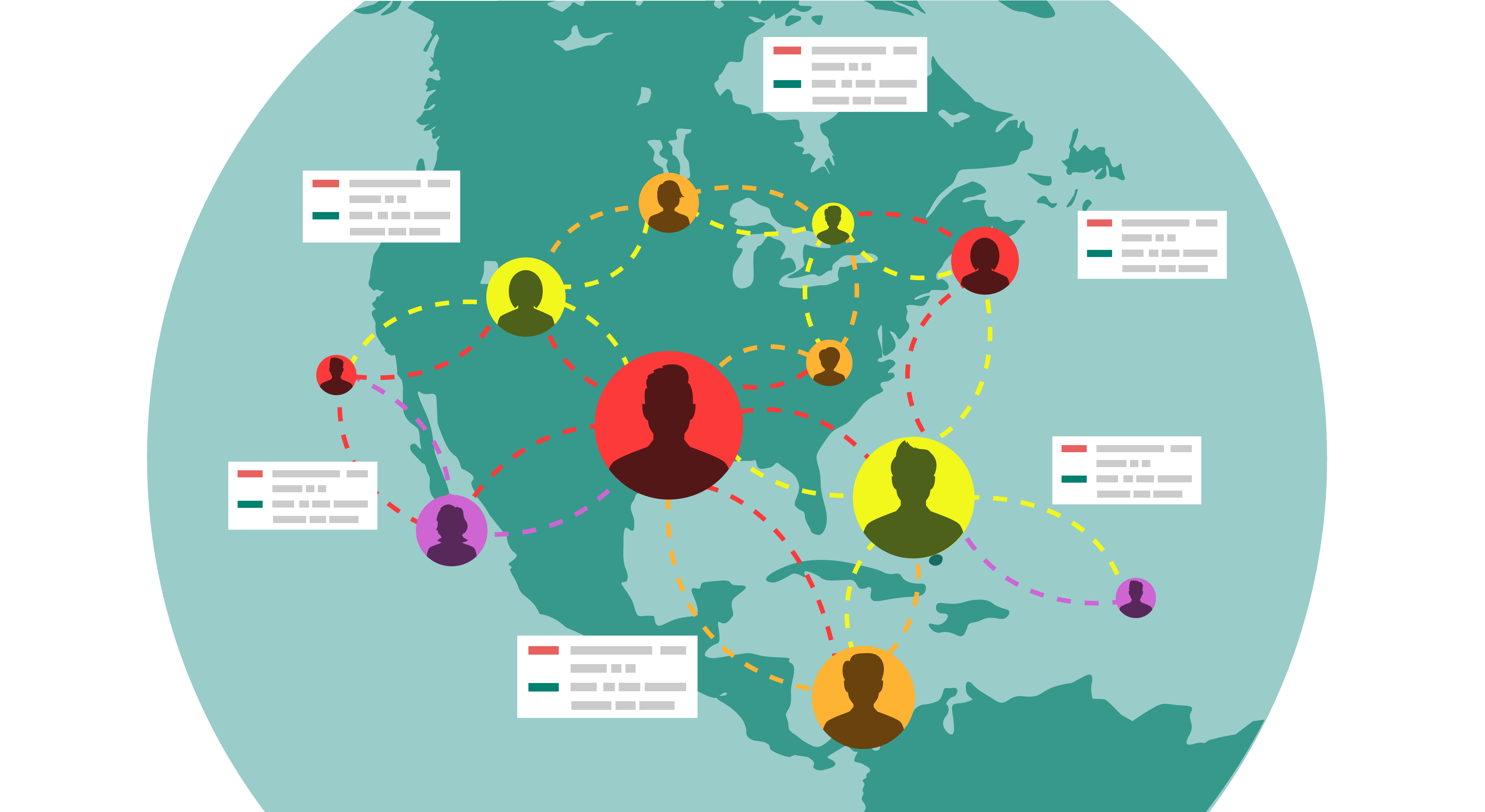FySelf is a new online tool: a social identity network.
To understand this concept, we will explore three terms: identity, social network and social identity.
What do we understand as identity?
Identity is the set of elements that make the individual distinguish from their peers. The term has been used from different approaches and disciplines.
From the legal point of view, identity is provided through a series of documents, depending on the country. These can be the passport, the driver’s license, the identity card, or the social security document.
These documents are associated with information fields such as name and surname, identity number, passport or social security, date of birth, country and city of residence, home address, etc.
But the identity of a person can’t be summarized in the data usually included in some identification documents. In FySelf we relate it to a psychological concept: self-awareness. According to the philosophy described in the Rosenthal and Rudin Dictionary, man is not only a name and a set of legal data: it is his relationship with the world, his behavior, his actions, thoughts and feelings, his desires and interests.
In the context of the Internet and communications technologies, the identity of an individual acquires even more ramifications. There is a lot of public information online about each individual. Now it is easier than ever to meet people, and retrieving information about these rarely involves more effort than doing a search on the smartphone.
To a large extent, this is due to social networks.
What is a social network?
In sociology, a social network is a social structure composed of actors (individuals or organizations), their links and the interactions between them.
In computer science, a social network platform is not something too different. It is a website where each user builds a profile based on their own information and content, constantly interacts with other users, bringing offline world relations into the network and even creating new links exclusive to the online environment.
Social network sites are a vital part of daily lives of individuals. In 2019 there were 3.4 billion active users on social networks around the world, and that number is increasing.
Traditional social media platforms have advertising as a primary business model. Therefore, they need their users to make more than a habit, but a dependency on their content. To do this, their algorithms show exactly what the person is interested in and in attractive formats.
Very often, users are not fully aware of what these companies do with their information.
FySelf is a social network, but not like the others. In it, users will know at all times the value and usefulness of their data. Because of the importance that the protection of personal information has in this service, it is called the first social identity network.
What is social identity?
Psychology says that social identity is the concept we have of ourselves based on our place within a group or society.
Many times, aspects such as self-esteem and stereotypes influence this perception. For researcher Henri Tajfel, the last ones define the very essence of the groups, since some people categorize others, placing them as part of a particular social group. For this they base on their origin, education or interests.
FySelf is based on the social identity of individuals to provide them with an efficient online identity management tool. Social groups are fundamental to its functioning, because they statistically ratify the self-image that each person provides to the system.
What is a social identity network?
A social identity network is a virtual instrument to build the identity of each person based on user participation.
The veracity of the system is based on statistical information processed with artificial intelligence. The data is obtained from the interactions of a social network.
FySelf is the first social identity network. Join us!



